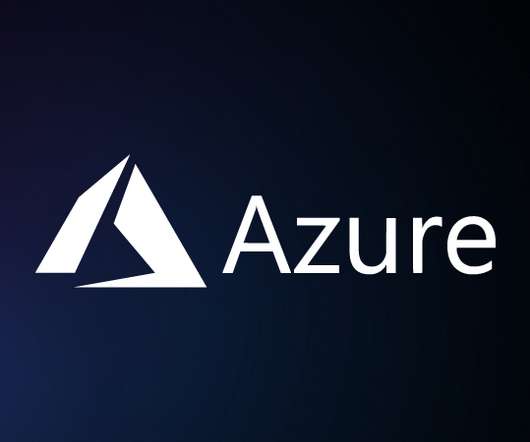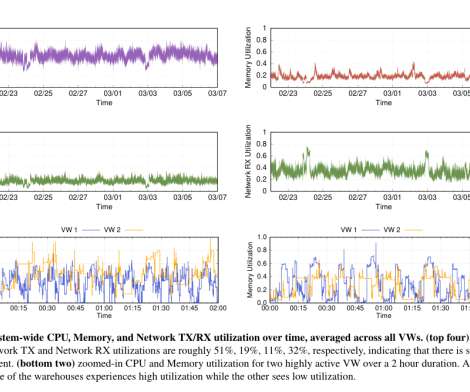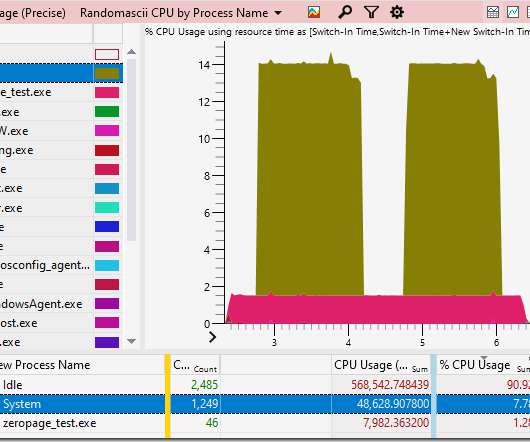Azure Well-Architected Framework: What it is and how to tame it with AI and automation
Dynatrace
APRIL 21, 2022
As organizations adopt microservices architecture with cloud-native technologies such as Microsoft Azure , many quickly notice an increase in operational complexity. To guide organizations through their cloud migrations, Microsoft developed the Azure Well-Architected Framework. What is the Azure Well-Architected Framework?























Let's personalize your content